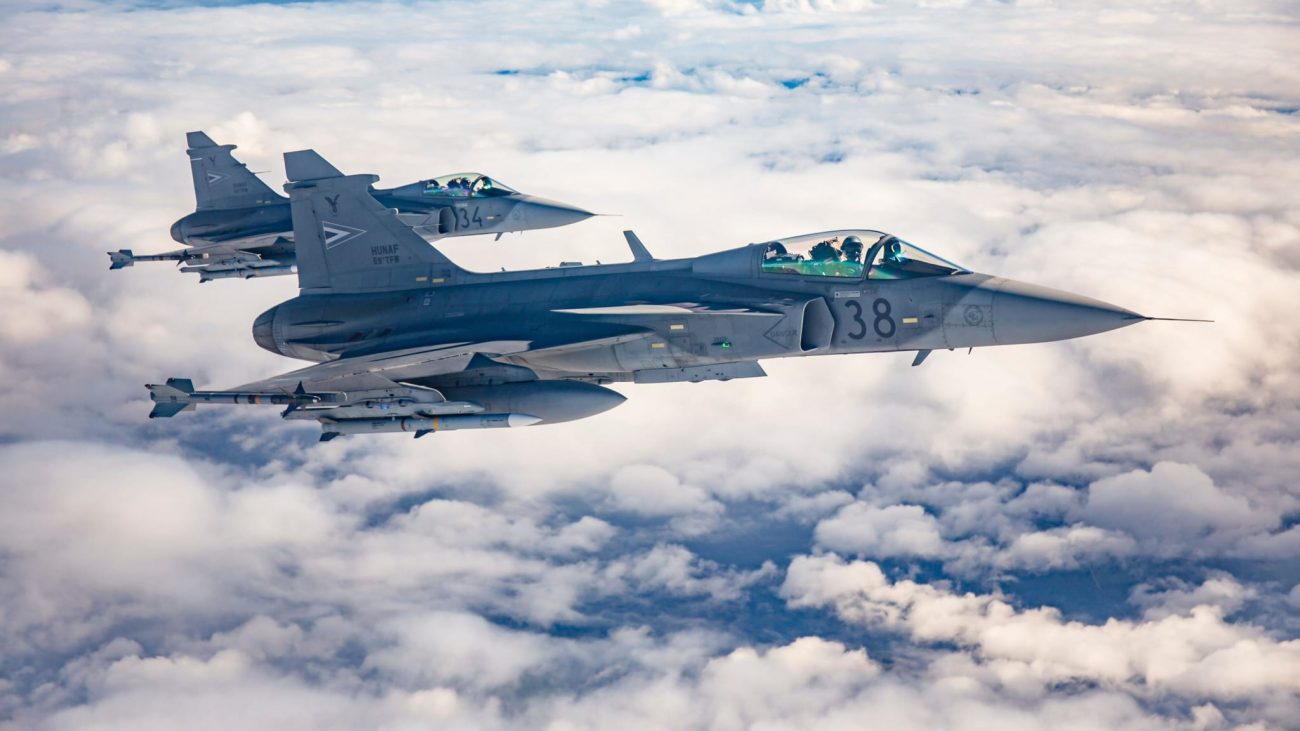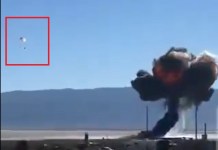Something very mysterious happened this week, much to the alarm of NATO. An unidentified aircraft trespassed through the airspaces of multiple countries, most of them NATO members, without any official dispatch or approved flight plan.
Dependent On Critical ‘Aircraft Material’, US & Europe Do Usual Business With Russia Despite Ukraine War
The plane reportedly took off from an undisclosed airport in Lithuania. It then flew over Hungary, Poland, Slovakia, Serbia and Romania before finally landing on June 9 in a small abandoned airfield in Bulgaria.
With the exception of Serbia, all the nations are part of the NATO alliance.
The airfield at which the plane landed is known as the Targovishte Airport. The airport is near the village of Buhovtsi between Targovishte and Shumen and is known for not having accepted a plane for many years and locals have begun using it in the summer months for agricultural purposes.
According to the European news source, Euractiv, the aircraft was found abandoned with a still-warm engine.
?➡️The pilot of the mysterious Lithuanian plane that flew over Poland, Slovakia,Hungary, Romania, after which he landed in Bulgaria is untraceable: the Bulgarians have been looking for him for 24 hours, according to AFP pic.twitter.com/v6KyenFTEe
— Global Anti Terrorism??? (@RemusGlobal) June 9, 2022
Still, there have been conflicting reports of the kind of plane used to carry out this suspenseful expedition. The majority of European news reports say that it is a two-seated, twin-engine Beechcraft plane, while Lithuanian media has cited what they are claiming to be the plane’s official registration number.
An article on Lithuanian National Radio and Television (LRT) claims that the aircraft was registered as LY-LOO, which happens to be the registration number of 1962 PA-23-250 Aztec aircraft manufactured by Piper Aircraft but is apparently no longer valid.
In the image released by Bulgarian TV via Euractiv.com, the plane in question looks exactly like an Aztec.

The Flight Was Suspicious
After purportedly taking off from Lithuania, the plane appears to have made a stop in Hungary. A Hungarian news source, Dehir, spoke with Janos Vajda, managing director of Debrecen International Airport in Hungary, who said that although the plane was recorded to have taken off from a nearby area, he insisted that it was not from the Debrecen Airport.
It was later confirmed by Istvan Juhos, director of Aero Club Hajduszoboszlo, who operates a flying club in Hajduszoboszlo, Hungary, that a plane coming from Lithuania did land in Hajduszoboszlo without authorization and a number of people then exited the plane, presumably for refueling.

Due to the illegality of the situation, airport officials contacted local police, who attempted to respond, however, failed to arrive before the plane took off from the airport.
Prior to landing in Bulgaria, though, the plane was reportedly escorted by up to six fighter jets until it entered the Bulgarian airspace. The Air Forces of the US, Hungary and Romania were alerted of the unauthorized flight over Europe, following which, each of them is said to have dispatched two fighter jets to intercept the plane.
Two USAF F-16s, two Romanian F-16s and two Hungarian Gripens chased the plane down at several instances in its flight path but it reportedly did not respond to radio or visual signals.

Since the plane’s transponder was switched off and was apparently flying at altitudes flying low enough to make successful interception by fighter jets difficult to accomplish, the Bulgarian Ministry of Defense decided that the plane was not a threat to civilians or military infrastructure.
The ministry claimed that close monitoring continued in spite of what they decided to be an apparently suspicious flight that did not pose any imminent danger.
Even the Romanian Ministry of Defense was reported as sharing the same opinion on the matter and approached it with more of an attitude of staunch curiosity than active defense because it did not think the small plane was behaving in a dangerous manner but was concerned because it failed to respond to radio signals.
Also, LRT spoke to Bronius Zaronskis, pilot and director of Nida Air Park in Lithuania, who claims to have sold the aircraft only last week to an undisclosed organization. He noted that before the sale could happen, three foreign men had come to inspect the plane, one of which spoke Russian.

“They were not Lithuanians. I cannot say which country they were from, maybe Ukrainians, maybe Romanians, or Bulgarians. One man and I communicated with each other in Russian…I don’t know the names of these men. I wasn’t interested,” Zaronskis told LRT.
“I sold it and said goodbye to that plane. I was trying to sell it for many years. I had nowhere to put it, so I am glad that they bought it…I don’t remember which organization bought it. It was written in a foreign language,” Zaronskis added.
This mysterious incident transpired amid the heightened tensions due to the ongoing crisis in Ukraine, which has alarmed the NATO countries. Earlier, in March, a Tu-141 “Strizh” high-speed drone armed with a bomb crashed in Croatia’s capital, raising concerns about the security of NATO’s airspace.
- Contact the author at tanmaykadam700@gmail.com
- Follow EurAsian Times on Google News




